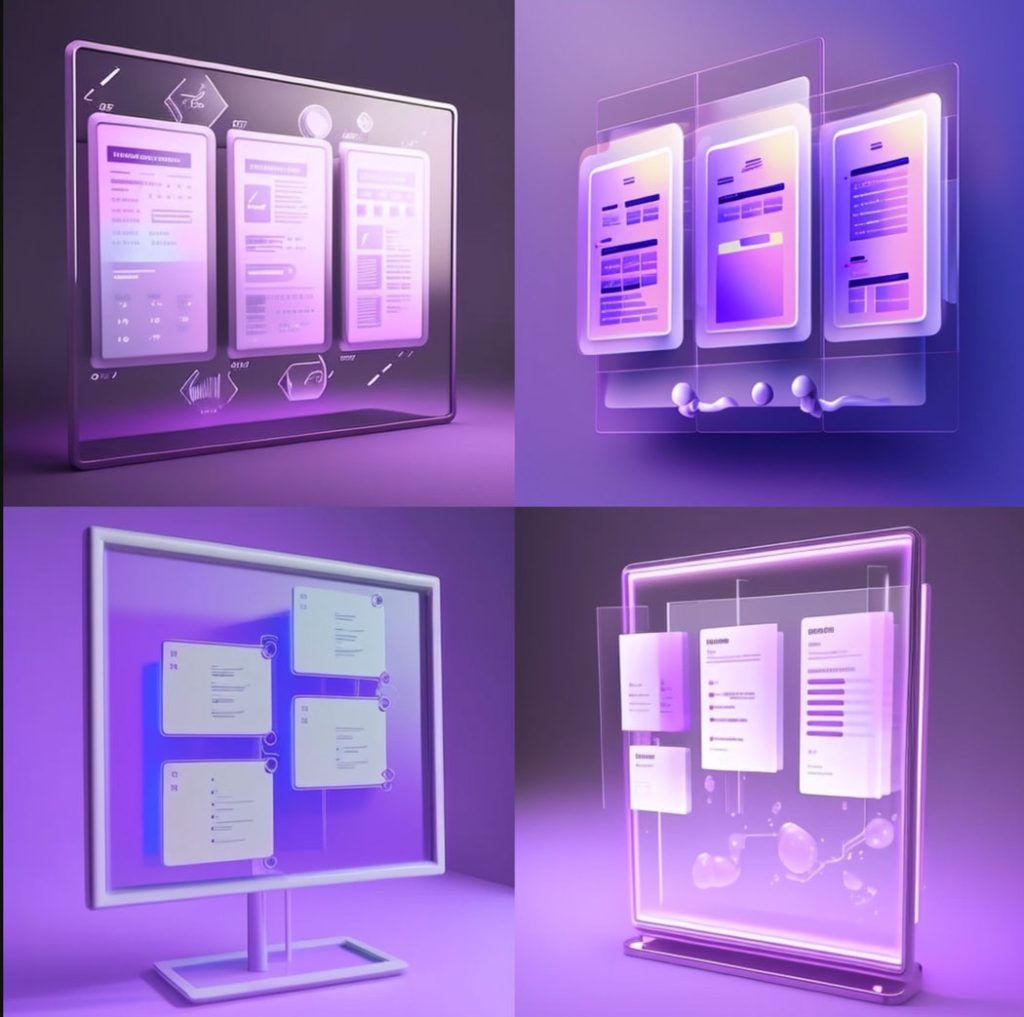Task analysis is a process of breaking down a complex task into smaller, more manageable parts in order to understand better how a user will interact with a product or system.
This can be a crucial step in improving a design’s overall user experience (UX), as it helps to identify and address any potential issues or roadblocks that a user may encounter while using the product.
In this article, we will explore how task analysis can be used to improve UX designs and provide tips on effectively conducting a task analysis.
One of the main benefits of task analysis is that it allows designers to understand how users will actually use a product or system. This can be especially important in cases where the user’s goals or motivations may not be immediately apparent.
For example, a user may want to use a website to purchase a product, but they may also be interested in learning more about the company or its products before making a purchase. By understanding the user’s goals and the steps they are likely to take in order to achieve them, designers can create a more intuitive and user-friendly experience.
Several different approaches can be used to conduct a task analysis. One standard method is called task decomposition, which involves breaking down a task into smaller, more manageable parts. This can be done by identifying the steps a user needs to take to complete the task and the decisions they need to make along the way.
Another approach is called user modeling, which involves creating a detailed profile of the user and their likely behaviors and needs. This can be especially useful in cases where the user’s goals or motivations may not be immediately apparent.
In order to effectively conduct a task analysis, gathering as much information as possible about the user and their needs is essential. This can involve conducting user research, such as interviews or focus groups, to gather insights about the user’s goals, motivations, and behaviors.
It can also involve analyzing data from existing products or systems, such as usage logs or customer feedback, to understand how users are currently interacting with the product.
Once the task analysis has been completed, designers can use the insights gained to make informed decisions about improving the UX of the product or system. This may involve redesigning certain features, streamlining the user’s workflow, or adding new features that better meet the user’s needs.
It is also important to continue gathering user feedback and data after the product has been released in order to identify any additional areas for improvement.
In conclusion, task analysis is an important tool for improving the UX of a product or system. By understanding the user’s goals and the steps they are likely to take in order to achieve them, designers can create a more intuitive and natural experience.
By gathering as much information as possible about the user and their needs and using this information to make informed decisions about the design, designers can create a product that truly meets the needs of its users.




